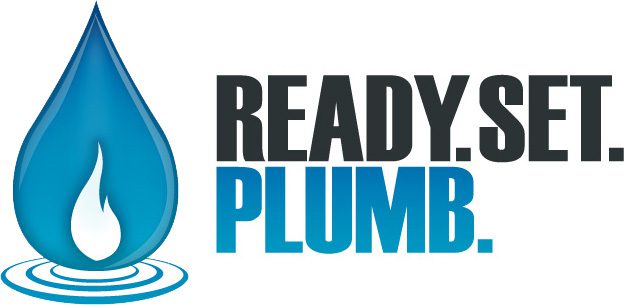 Things have changed since 1994, back when low flow toilets were the law of the land. The earlier versions created a buzz because they were so good at saving water by using only 6 litres per flush against as many as 26 litres. However, just because they were able to help you save water does not mean that they’re doing their main job the right way.
Things have changed since 1994, back when low flow toilets were the law of the land. The earlier versions created a buzz because they were so good at saving water by using only 6 litres per flush against as many as 26 litres. However, just because they were able to help you save water does not mean that they’re doing their main job the right way.
Today, some of the low flow models don’t have that kind of problem. They’re not so much as the best performers but they’re also known to use less water than that of the federal standards. If you’re in the market for a new toilet, it pays to have a high-efficiency toilet or HET. You’ll be able to save a bundle. According to the EPA, by replacing a pre-1994 toilet with an HET, you can save $90 off your annual utility bills as you’ll be sending thousands of litres of water less down the drain. This means that you can save money and help reduce water usage at the same time. Now that is water efficiency.
Look for high performers
The WaterSense label from the EPA helps you identify toilets classified as HETs by independent laboratories. These are rated according to their MaP or Maximum Performance testing protocols. This measures the toilet’s ability to remove waste and the score ranges from 250 to 1000, based on the number of grams completely evacuated in a single flush. The EPA adopted 350 grams as its base or minimum performance threshold and anything over 500 is good.
Choosing the flush mechanism
Like most low-flow toilets, HETs come with different flush options and the one you choose depends on how “green” you want to be, how much you’re willing to shell out, and your tolerance for noise. A lot of residential toilets are gravity flush, or toilets that rely on the weight of the water flowing into the bowl to remove waste. These pressure-assist toilets compress air at the top of the tank to increase flush velocity so they can do the job with as little as 3 litres of water. This turbo-charged action has a powerful flush but the loud whooshing sound can cause some noise that some people might find inconvenient. If you want to have a more silent flush, you may want to go for a water saving toilet other than one with a pressure-assisted flushing mechanism.







